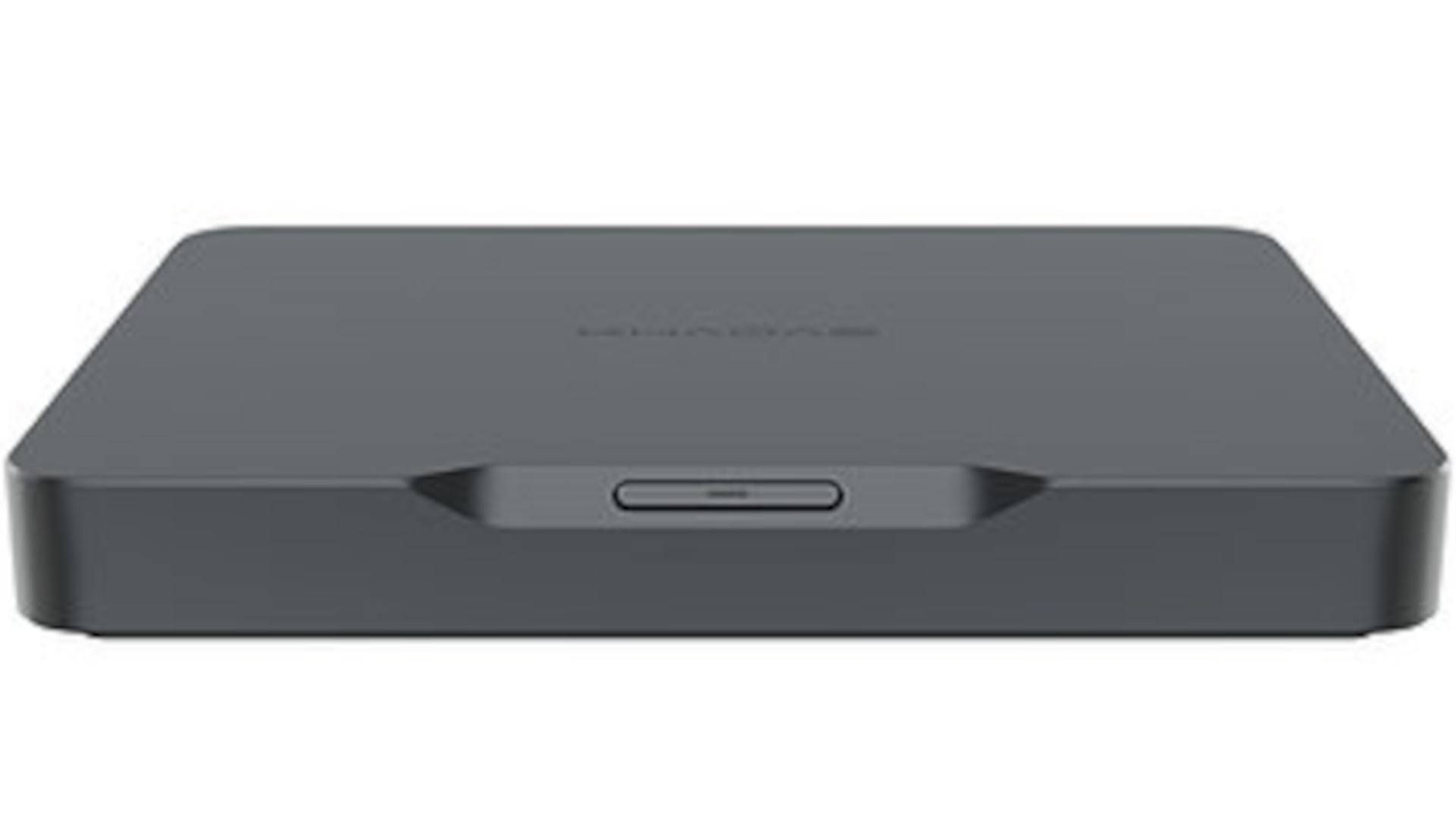Presenting the Khadas Mind, a desktop PC that ventures into the realms of compactness and portability, ushering us into the technological landscape of 2024. The device, crafted by Khadas, might not be a household name, but it emerges from a pedigree of single-board PC manufacturers, akin to the renowned Raspberry Pi. Distinguishing itself by catering to a higher-end market with a focus on quality, Khadas initiated this venture through Kickstarter, a platform often utilized by reputable companies to generate interest and support for innovative products.
The form factor of the Khadas Mind immediately captures attention with its compact chassis, exuding a sense of sophistication. Positioned as a sleek alternative to the Intel NUC, the device defies expectations by maintaining a size not much larger than a standard smartphone, thereby challenging preconceived notions of desktop PCs.
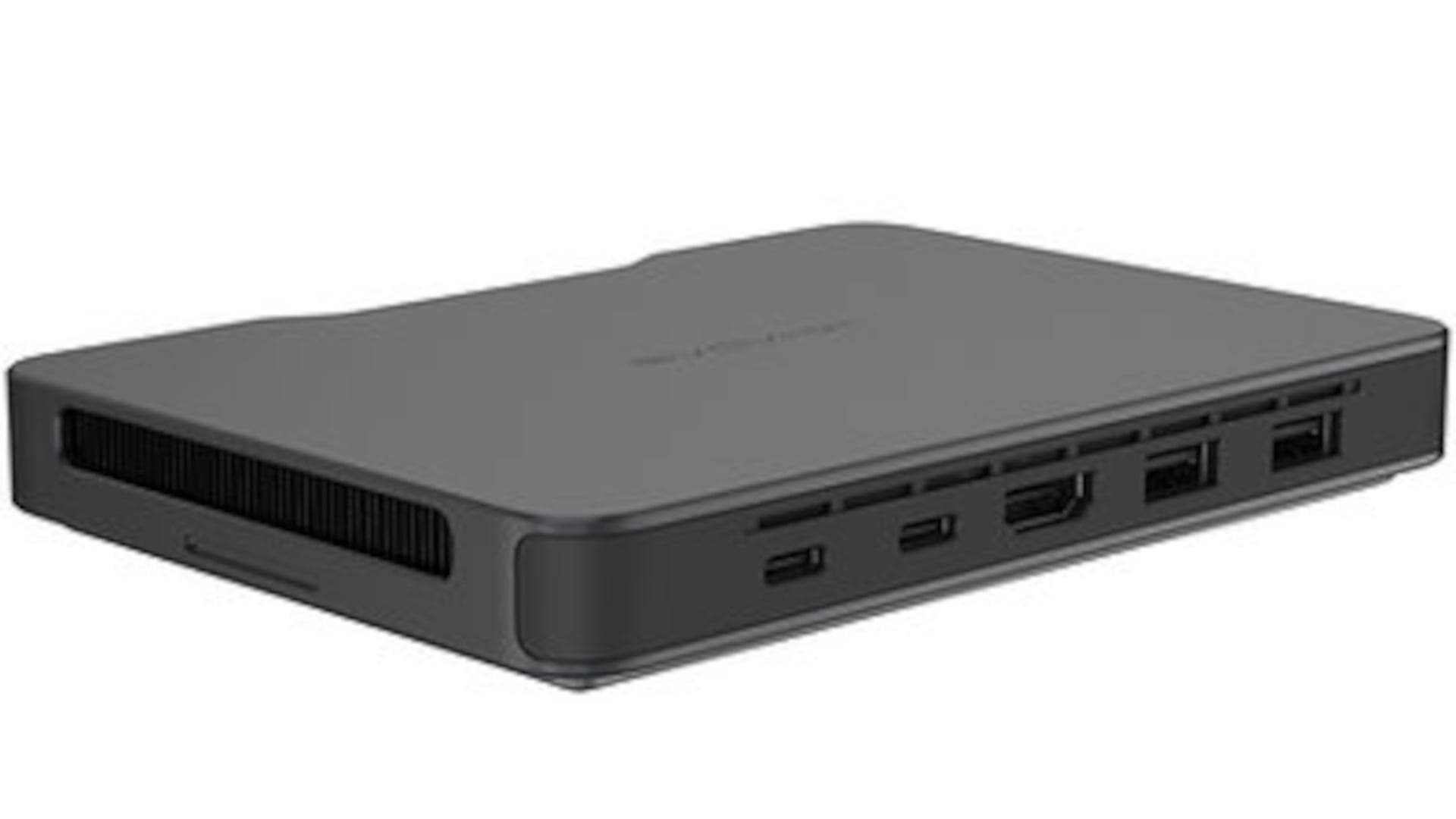
An intentional delay in the review allowed for a thorough examination, ensuring that the product was fully realized before critical evaluation commenced. The Khadas Mind is now available for purchase, with prices starting at $799, making it an intriguing proposition in the competitive desktop PC market.
The device’s appeal lies in its versatility and portability, factors that might resonate with specific user needs. While it lacks an integrated screen, the Khadas Mind offers an ecosystem of peripherals, both existing and planned, that promise to transform it into a complete computing system. The intended use involves connecting the device to a keyboard, a mouse, and a monitor whenever necessary.
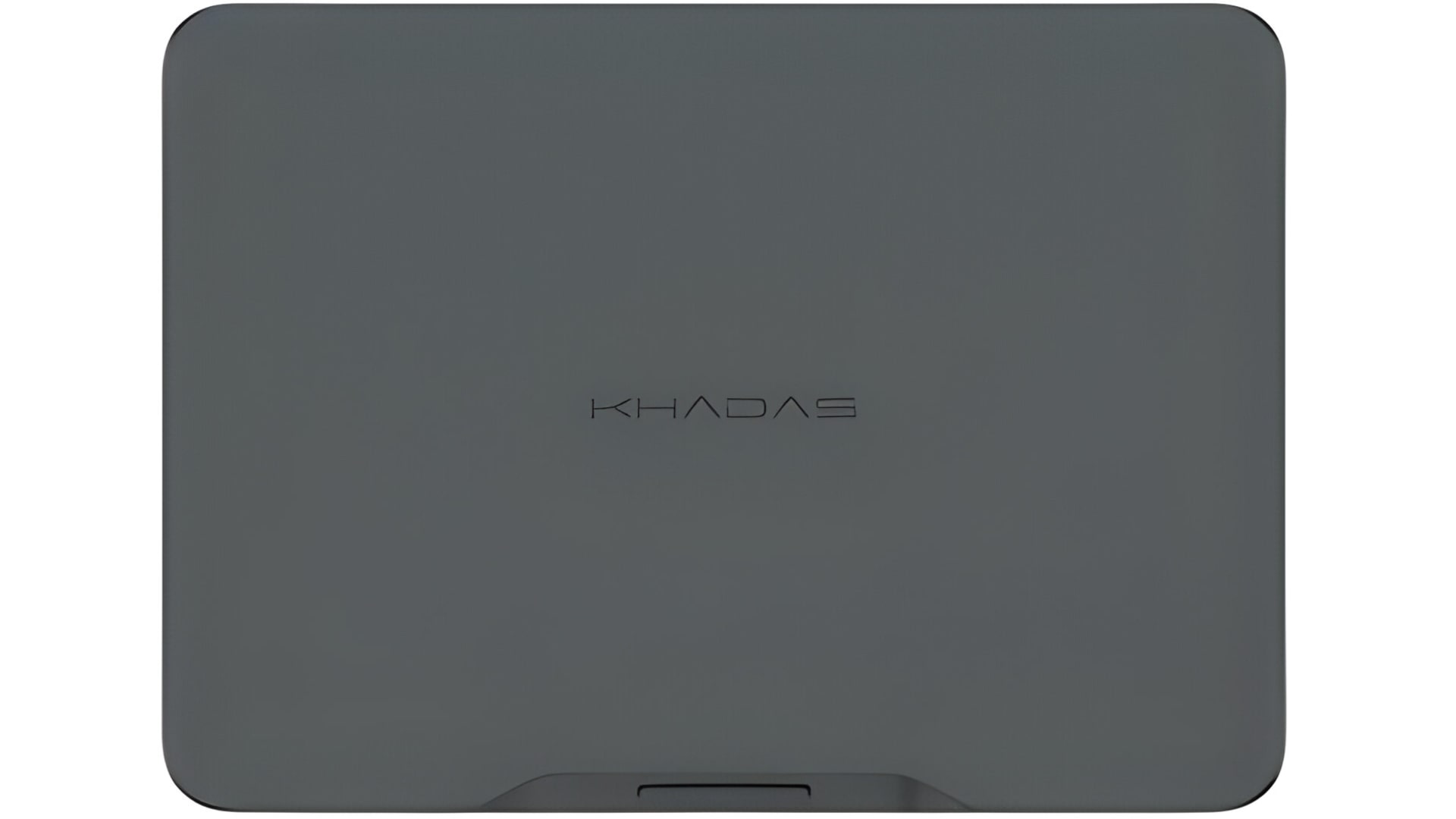
An accompanying docking station further enhances this flexibility, providing additional ports for an expanded range of connectivity options. This design philosophy caters to users who predominantly use the device in fixed locations, such as home, work, or school, yet appreciate the option to carry it effortlessly when needed.
Under the hood, the Khadas Mind boasts an Intel-based architecture, capable of running Windows 11 for those who desire a familiar operating system. The device features an Intel 13th generation P-series processor, specifically chosen for its balance between power and efficiency.
Positioned within the 28-watt family of processors, it aligns itself with the capabilities found in Ultrabooks, falling short of the raw power associated with gaming laptops or high-performance mobile workstations housing 45-watt processors.
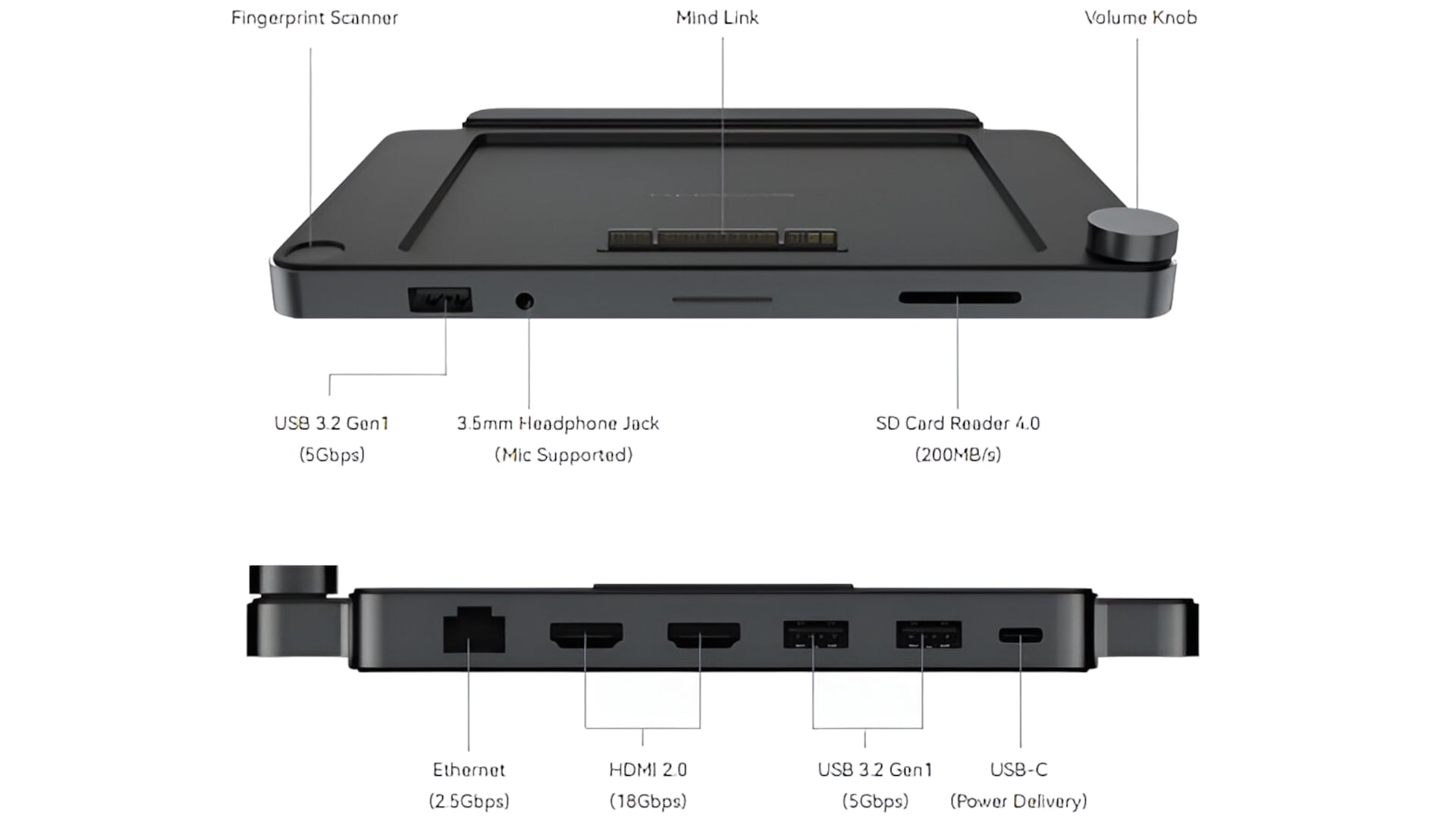
The device offers two configurations: a $799 model equipped with a Core i5, 16GB of soldered-on DDR5 RAM operating at 5400 MHz, and a 512GB PCIe 4 SSD; and a $1,099 variant with a Core i7, 32GB of soldered-on RAM, and a 1TB SSD. The SSD is upgradeable, allowing users to expand storage capacity if needed, though RAM upgrades are constrained by the soldered configuration.
An inherent limitation is the absence of dedicated graphics, with the Khadas Mind relying on Intel-integrated graphics due to space constraints within its diminutive form. However, the manufacturer addresses this limitation by developing an external Graphics Processing Unit (eGPU) box, connected through their proprietary fast PCIe link called the C-US, or the Mind connector.
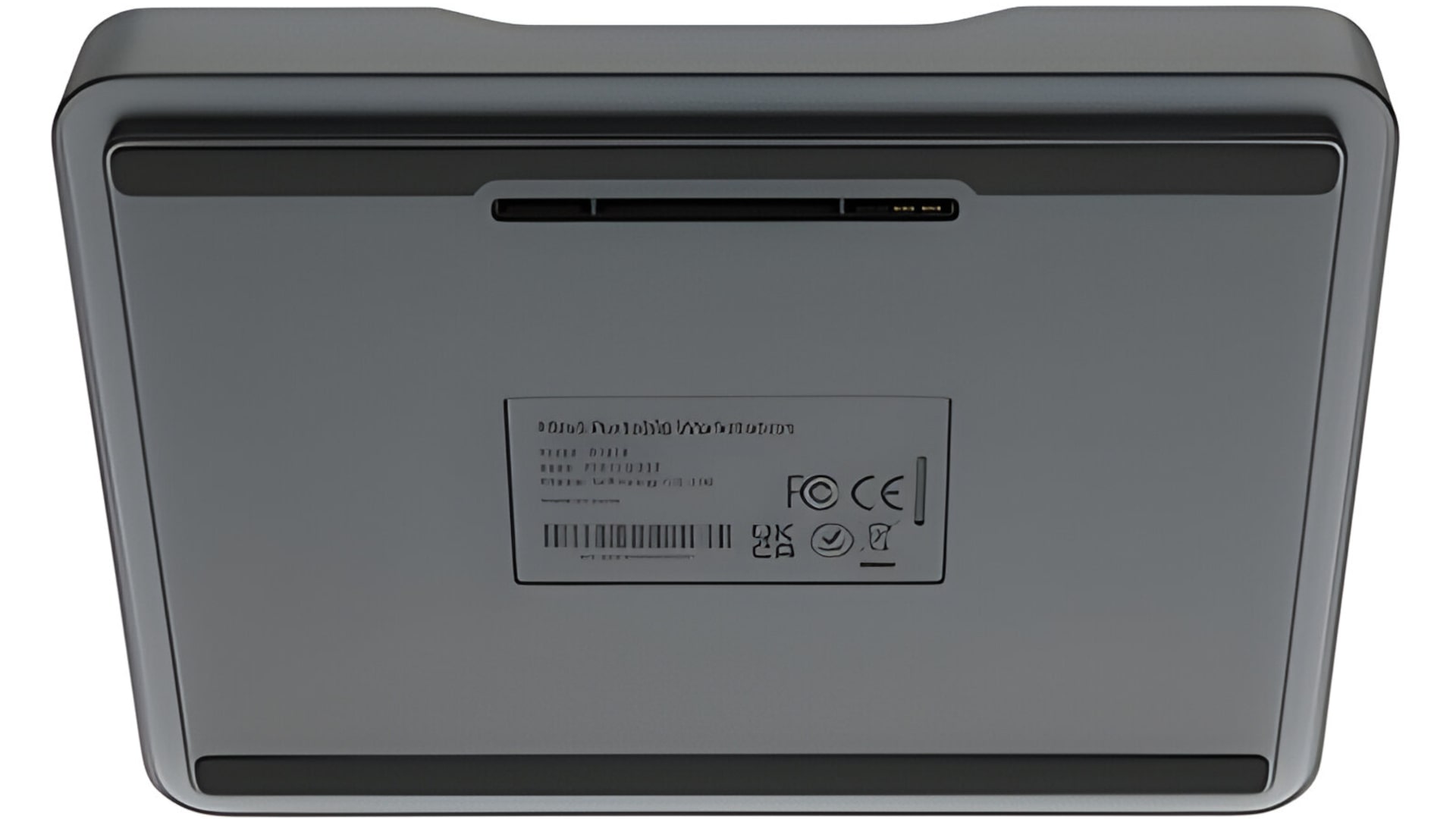
Priced at approximately $1,000, the eGPU features an Nvidia RTX 4060 and adds extra ports, including Thunderbolt 3. Curiously, the Khadas Mind itself sports a USB-C port but lacks Thunderbolt 3 support, a peculiar omission that may leave some users puzzled. The eGPU is slated for release in June, adding an additional layer of graphical prowess to this compact computing solution.
The Khadas Mind docking station, available now for $179, enhances the device’s connectivity options with a full-size SD card slot, a headphone jack, and a range of ports on the back, including Ethernet. While the docking station augments the device’s capabilities, the absence of Thunderbolt connectivity remains a notable feature omission.
The aesthetic appeal is heightened by a magnetic connector, known as the M-connector, which adds a touch of convenience and elegance. Moreover, the docking station integrates a fingerprint scanner and a volume control knob, reminiscent of premium peripherals like Logitech keyboards.
In summary, the Khadas Mind introduces a compelling proposition in the desktop PC arena, challenging conventional notions with its compact form factor and portability. The device’s adoption of Intel-based architecture, coupled with the promise of an external GPU solution, positions it as a versatile solution for users with varied computing needs.
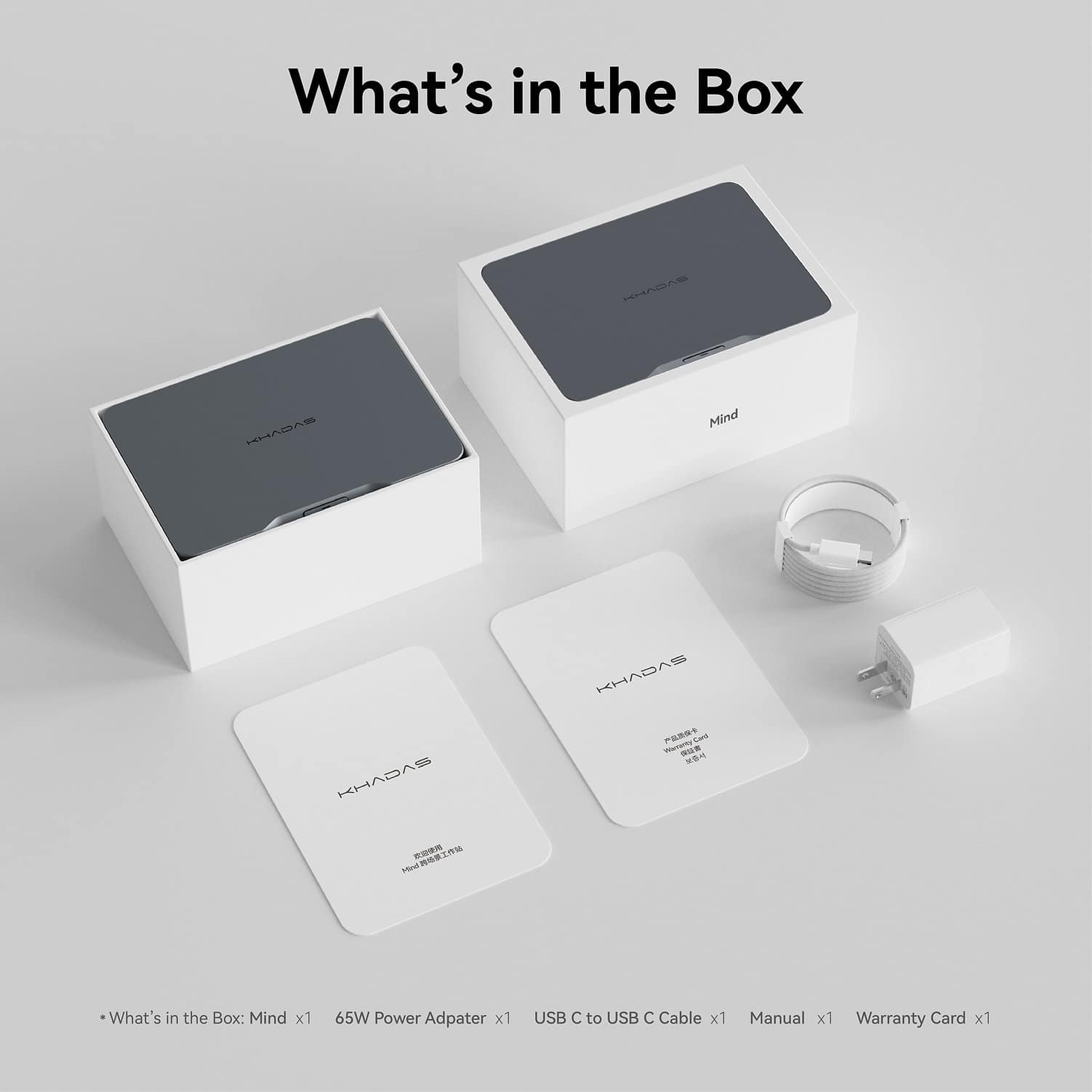
The docking station further enhances its capabilities, albeit with a few feature gaps. As the technological landscape continues to evolve, the Khadas Mind stands as a testament to the innovative strides made in the pursuit of efficient and portable computing solutions.
Introducing another intriguing device in the Khadas lineup, the Mind X Play represents a distinctive addition to the expanding ecosystem of Mind link connector devices. The device, essentially a display with a built-in battery, transforms into a Windows PC tablet, reminiscent of a compact workstation with a touchscreen interface. Unfortunately, as of now, there is no specified release date (ETA) for the Mind X Play, and essential details such as pricing and the availability of a keyboard remain undisclosed.
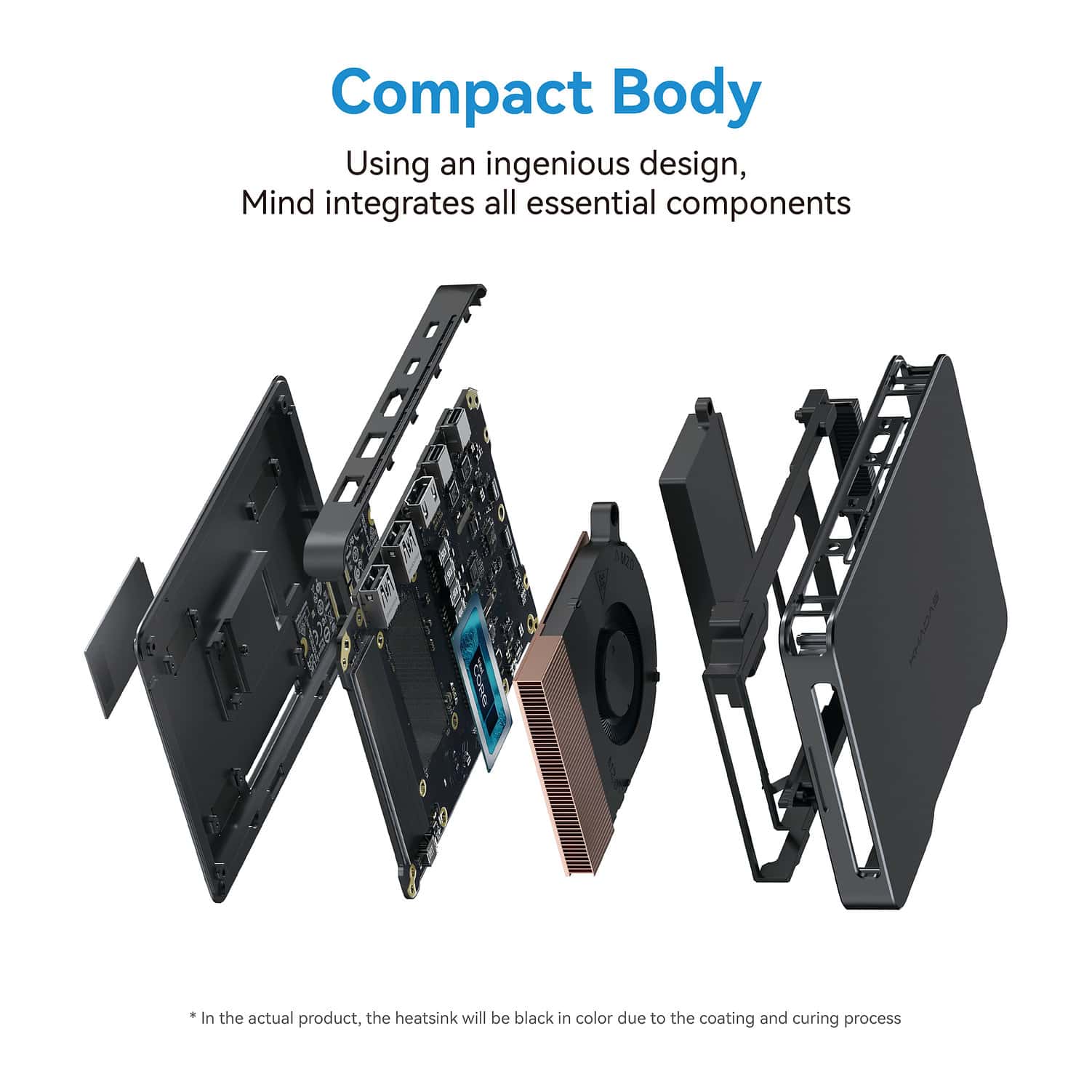
The overarching strategy behind the Mind X Play aligns with Khadas’ vision of establishing a comprehensive ecosystem of Mind link connector devices. This approach aims to provide users with a seamless and cohesive experience while fostering a lucrative market for the company. The intention to create a unified ecosystem hints at a strategic move to integrate various devices, catering to different needs, under the proprietary Mind link connector umbrella.
However, the proprietary nature of the Mind link connector, which sets it apart from other NUC (Next Unit of Computing) competitors, introduces a potential hurdle. Unlike some competitors that allow more internal upgradability and compatibility with a range of eGPUs (external Graphics Processing Units), the Mind link connector’s exclusivity may pose a challenge for potential users.
While the premium quality and compact form factor of NUC-style mobile palmtop workstations often command a higher price, the added proprietary requirement might deter some individuals from embracing this innovative solution.
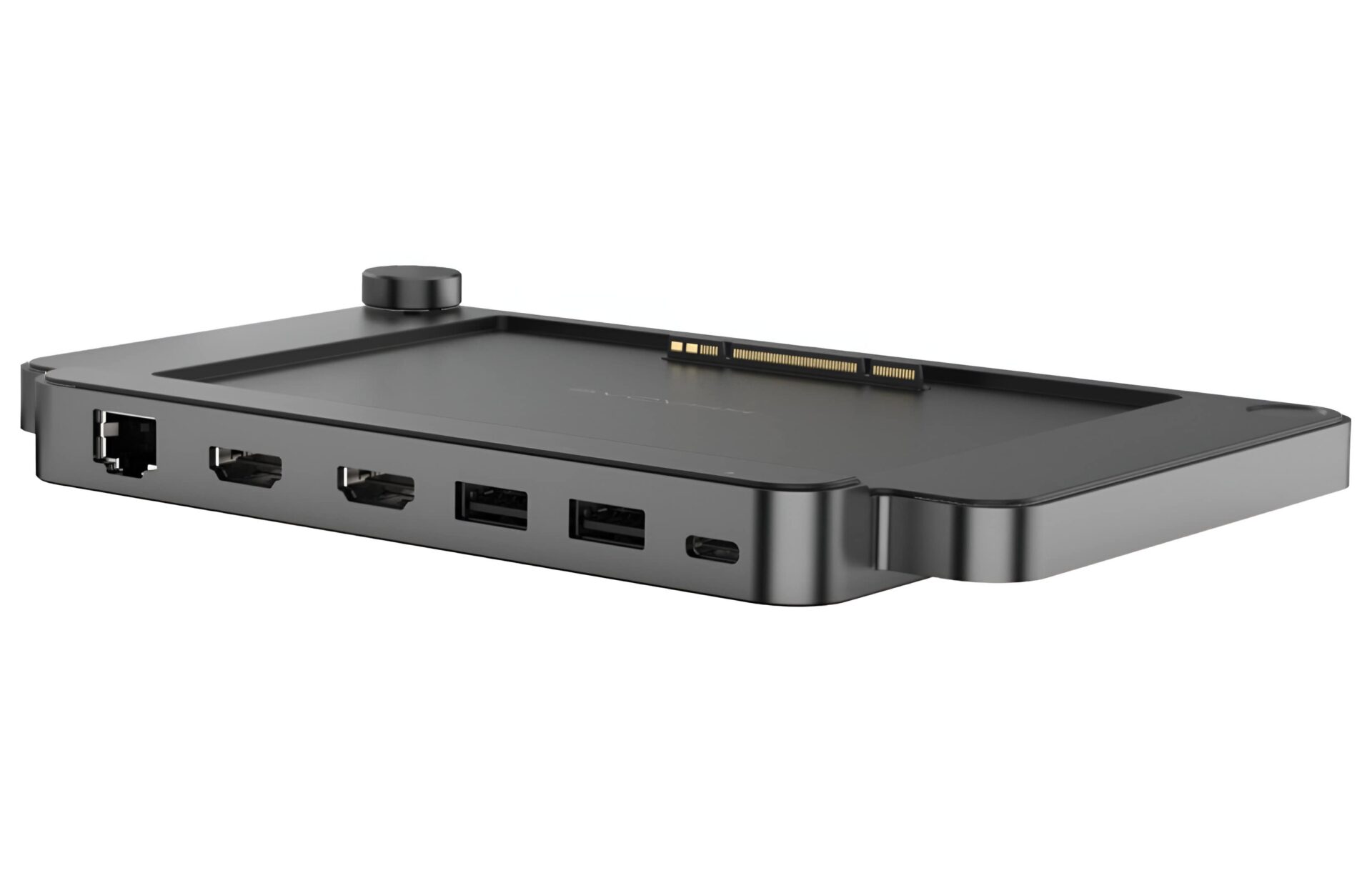
Performance-wise, the Mind X Play delivers a commendable level of power within its compact dimensions. However, it falls short of being classified as best-in-class, with its P-series Intel 13th gen processor providing satisfactory but not exceptional performance. Drawing a parallel with Intel NUCs, which, despite their diminutive size, often house more space for cooling and offer diverse upgrade options, the Mind X Play’s limited space results in a middle-of-the-road performance level.
Notably, the device incorporates a fan and high-tech liquid cooling, generating some audible fan noise—although not excessively loud. The compromise in performance is the trade-off for achieving an incredibly small form factor, making it suitable for users seeking portability without compromising too heavily on computing capabilities.
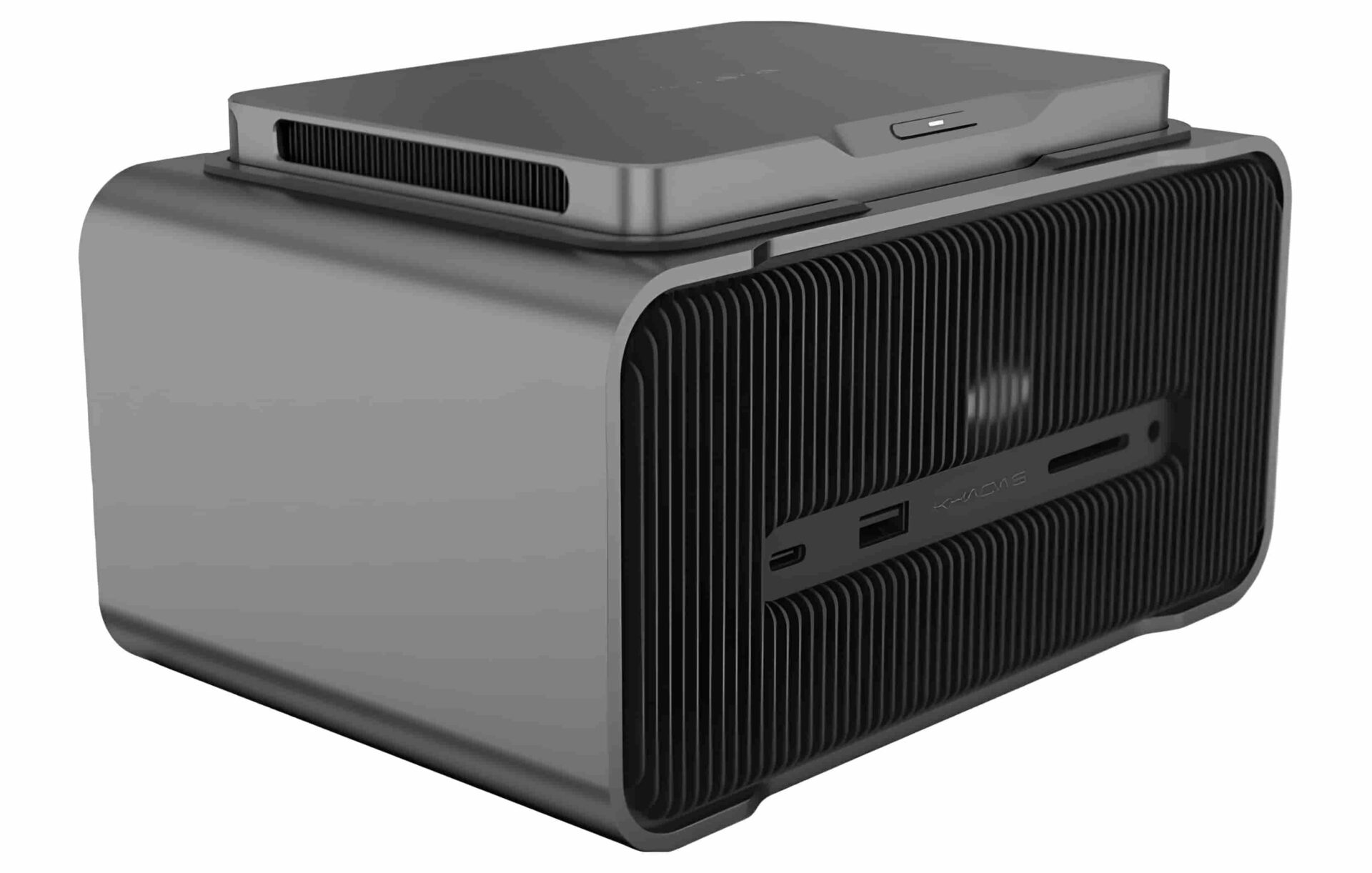
One distinctive feature of the Mind X Play is its inclusion of a 5.5-watt hour battery, not intended for prolonged unplugged use but as a backup power source. This design facilitates seamless transitions between locations without worrying about running out of battery. When placed in sleep mode, the device boasts a purported battery life of up to 25 hours, enhancing its portability and convenience for users on the move.
Comparing the Mind X Play to established counterparts like the Intel NUC reveals its unique attributes and potential drawbacks. The proprietary connector, especially concerning external GPU usage and Thunderbolt 3 support, stands out as a limitation. Unlike certain NUC models that permit RAM upgrades, the Mind X Play lacks this capability. However, it compensates with pre-installed components, ensuring ample storage and memory for typical computing tasks.
Khadas, despite not being a household name for everyone, has built a reputation in this niche space. The company’s commitment to providing users with a standard BIOS, legal Windows licenses, and overall trustworthiness adds a layer of assurance. Even for those unfamiliar with Khadas, the legitimacy of their offerings and adherence to industry norms is emphasized.
In conclusion, the Mind X Play emerges as a distinctive and compact solution for users seeking a portable yet capable desktop experience. While it may not reach the heights of a full-blown mobile workstation, its performance suffices for everyday tasks. The proprietary nature of the Mind link connector, coupled with the absence of upgradable RAM, may influence the purchasing decisions of prospective users.
Nevertheless, Khadas’ established presence in the market, commitment to industry standards, and unique features offered by the Mind X Play make it a noteworthy contender in the landscape of compact and portable desktop solutions.
Khadas Mind Mini PC
-
Performance - 95%95%
-
Price - 96%96%
-
Value - 96%96%

